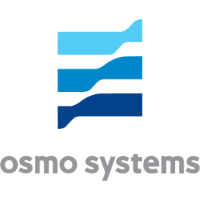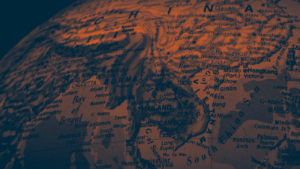Digitization in Fish Farming – Sector Watch 23 August 2019
The global fish farming market is set to grow from $275 billion in 2017 to $376 billion by 2025, with a CAGR of 4.77% during that time frame. The growth will be driven by increasing consumption of fish as a protein source by the rising global population. To meet this demand, there is increased pressure on fish farm production as tonnage of wild-caught fish has stagnated since 1990. This has driven 6.5% year-on-year growth in fish farming, which now accounts for over 50% of all fish eaten, up from just 7% in 1980. The World Resources Institute reports that capacity of fish farms will need to more than double between 2010 and 2050 to meet projected fish demand. This need for increasing productivity and environmental performance will require digital solutions.
Business Models
Digital solutions for aquaculture provide value by reducing mortality rates, increasing efficiency of farm inputs such as feed and vaccines, preventing disease and lice infection and optimizing farm management.
One approach is to introduce improved data gathering systems, such as machine vision cameras combined with AI, into fish farms. This hardware + analytics model is attractive to fish farmers looking to improve their bottom line, but is equally valuable to input providers such as feed manufacturers, vaccine developers, and others to help provide the data required to improve their products.
Another approach, used by Aquaconnect among others, provides an enterprise resource planning (ERP) software solution to farmers as a service. ERP solutions increase stickiness, while making a profit from building the marketplace for the crop inputs the software recommends and by taking a share of transactions.
Competition
The two business models outlined above are not necessarily competitive. The machine vision solutions provided by companies such as Aquabyte, Osmo Systems, and XpertSea are targeted at high value fish such as salmon. Aquaconnect is targeting much lower technology-based shrimp farmers in India where operators do not have access to competitive farm input prices.
Incumbent fish farmers are also in need of good data. Reports of rigged data and falsely reported fish mortality rates are perhaps the most visible driver and raise the threat of new entry from improved aquaculture system developers such as InnovaSea. There is also increasing supplier power as feed makes up the majority of a farm’s costs. Studies report that up to 60% of feed is wasted in aquaculture systems, making improved feed systems through digitization an attractive goal and putting pressure on farmers to supply feed providers with accurate data.
While threat of substitution is low, as strong demand growth is likely to match any new farming capacity or yield improvements made through increased digitization, increasing regulation on environmental animal health is likely to force technology adoption.
Regional differences
The aquaculture industry has large regional differences. Within each of these regions the level of fragmentation varies, and so competitive rivalry in the salmon industry, where a few key incumbents control the global market of the commoditized good, is different from the highly fragmented, SME-based pond farming operations in Southeast Asia. A short summary of key markets:
- The US aquaculture industry runs a trade deficit ($2.3 billion with Canada, $1.2 billion with China, $11 billion globally) despite having suitable waters and some leading innovators to support it.
- Europe has a competitive aquaculture industry while remaining committed to environmental values. Norway, due to its high-value crop and the advanced stage of its salmon farming industry, is a hub for offshore farming innovation.
- Southeast Asia is a highly fragmented and diverse aquaculture market. The market is comprised mainly of SME producers, driven by many governments seeing shrimp farming as a way to alleviate poverty in coastal regions. In India, where $7 billion of shrimp are exported every year, mortality rates are as high as 20%.
- By volume and value, China is the largest player in this market. It is developing offshore salmon farms on an unprecedented scale with projects in the Yellow Sea, while the country’s growing domestic appetite for other fish species will continue to drive non-traditional aquaculture practices.





